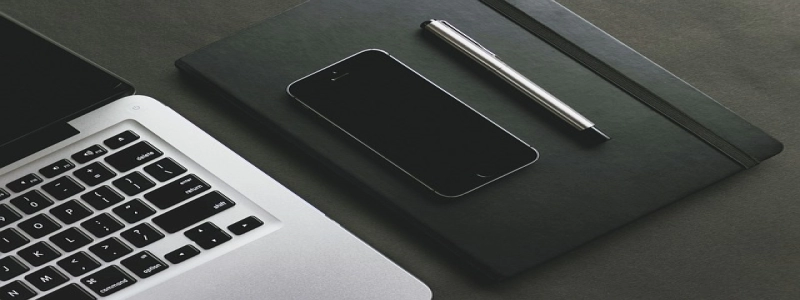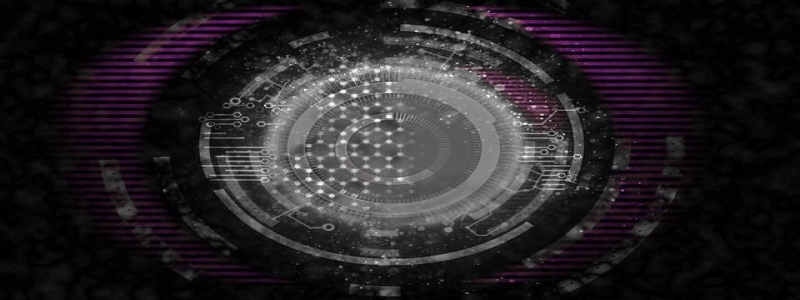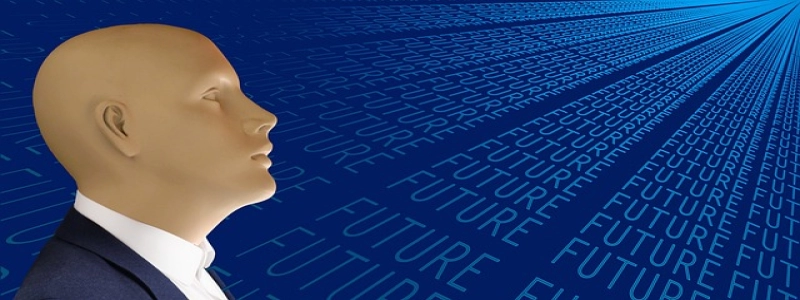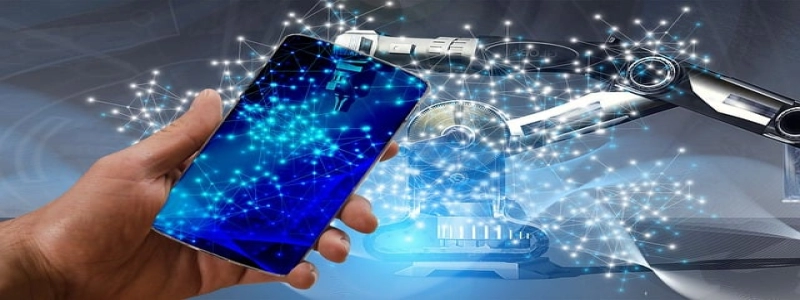Ethernet Cable Look Like
Introduction:
Ethernet cables are widely used in networking to connect computers, routers, and other devices to the internet. They come in various types and are essential for establishing a reliable wired connection. In this article, we will take a closer look at what Ethernet cables look like and how they function.
I. Types of Ethernet Cables:
Ethernet cables are categorized into different types based on their specifications and capabilities. The most common types include:
1. Category 5 (Cat 5):
Cat 5 cables are the most basic type of Ethernet cables. They support data transfer speeds of up to 100 Mbps and are suitable for residential and small office setups.
2. Category 5e (Cat 5e):
Cat 5e cables are an improved version of Cat 5 cables. They provide better performance and support data transfer speeds of up to 1000 Mbps (1 Gbps). Cat 5e cables are widely used in both residential and commercial environments.
3. Category 6 (Cat 6):
Cat 6 cables are designed for high-speed networks and can support data transfer speeds of up to 10 Gbps. They have enhanced shielding to minimize crosstalk and are commonly used in large-scale networks.
4. Category 6a (Cat 6a):
Cat 6a cables are an advanced version of Cat 6 cables. They can support data transfer speeds of up to 10 Gbps over longer distances. Cat 6a cables are recommended for data centers and enterprise networks.
II. Physical Appearance:
Ethernet cables typically have similar physical characteristics, regardless of their category. They consist of a copper or aluminum core surrounded by four twisted pairs of wires. These wires help to reduce interference and maintain signal quality during data transmission.
The cables are covered with an outer jacket, which can be made of PVC (Polyvinyl Chloride), LSZH (Low Smoke Zero Halogen), or other materials. The jacket provides protection against physical damage and helps maintain the structural integrity of the cable.
Ethernet cables also come with connectors on each end. The most common type of connector used is the RJ45 (Registered Jack 45) connector. This connector has eight pins that align with the wires inside the cable, ensuring proper connection and data transfer.
III. How Ethernet Cables Work:
Ethernet cables use a method called \”carrier sense multiple access with collision detection\” (CSMA/CD) to transmit data. The CSMA/CD protocol allows multiple devices on a network to share the same communication channel without causing collisions.
When data is sent through an Ethernet cable, it is divided into packets. Each packet contains the sender’s address, the receiver’s address, and the actual data. These packets are then transmitted sequentially and reassembled at the destination.
The twisted pairs of wires inside the Ethernet cable help to reduce electromagnetic interference (EMI) and improve signal quality. The cables’ shielding further enhances this by protecting the transmitted signals from external interference.
Conclusion:
Ethernet cables are essential components in networking, providing reliable and high-speed wired connections. Understanding the types of Ethernet cables and their physical appearance can help in selecting the right cable for specific applications. Whether it’s for a small home network or a large enterprise setup, Ethernet cables ensure efficient data transmission.








